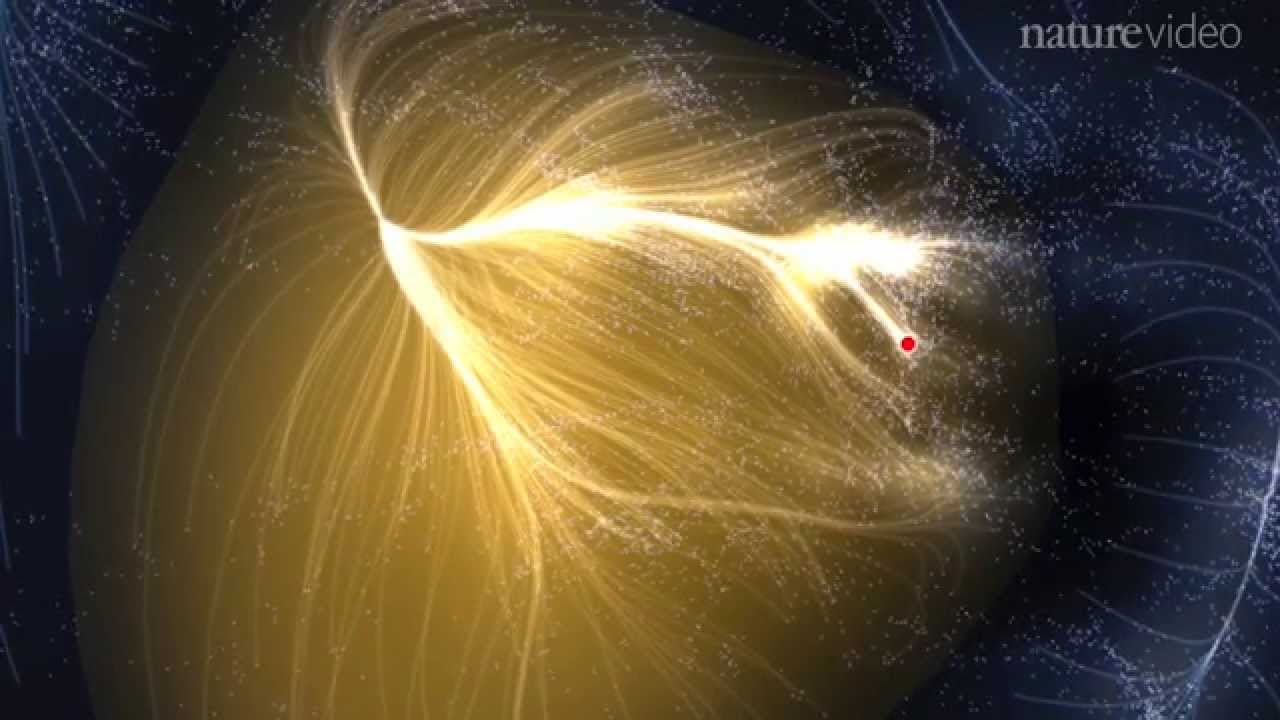
Two photographs taken 18 years apart show that sometimes astronomical events do not take place on astronomical timescales, with a gigantic star already 300 times as bright as the sun forming before our eyes.
Although stars can destroy themselves in a matter of hours, pretty much everything else about their lifespan is measured in millions or billions of years. However, the larger a star is, the faster the pace at which it lives its life. The comparison between the two images shows just how much can happen to a large star in less than two decades.
In 1996, the star W75N(B)-VLA 2 was observed with the Very Large Array (VLA). The image shows a hot ionized region around the star. When Dr. Carlos Carrasco-Gonzalez of the National Autonomous University of Mexico used the array again in 2014, the change was striking. “We’re seeing this dramatic change in real time, so this object is providing us an exciting opportunity to watch over the next few years as a very young star goes through the early stages of its formation,” Carrasco-Gonzalez said.
W75N(B)-VLA 2 is around 4,200 light-years from Earth. It has a companion star forming around 900 AU away.
In Science, Carrasco-Gonzalez reveals that both stars emit a 22 GHz maser, a microwave laser, which in VLA 2’s case extends to a distance six times that of Neptune from the sun.
“Our understanding of how massive young stars develop is much less complete than our understanding of how Sun-like stars develop,” Carrasco-Gonzalez said. “It’s going to be really great to be able to watch one as it changes. We expect to learn a lot from this object.”
The maser shell is expanding at a rate of 30 kms-1. “More important,” the paper notes, “the shell has evolved from an almost circular structure to an elliptical one,” twice as long as it is wide.
The authors conclude that the shell is around 25 years old and is “driven by a short-lived episodic outflow event.”
The star formation region in which the two stars sit has a magnetic field 2,000 AU across. In 1996, VLA 1’s maser was lined up with the field, but VLA 2’s was not. Eighteen years later, this had changed, so that both are now lined up. It is less than five years since Carrasco-Gonzalez discovered the first evidence of a magnetized jet emitted by a young star, helping build the picture of the role magnetization plays in star formation.
The findings leave some questions unanswered, including how the relatively mild stellar wind can drive such rapid expansion of the maser shell. Nevertheless, the authors conclude, “We may be on the brink of describing and modeling in ‘real time’ all of these rapid changes.”
Via IFL Science







